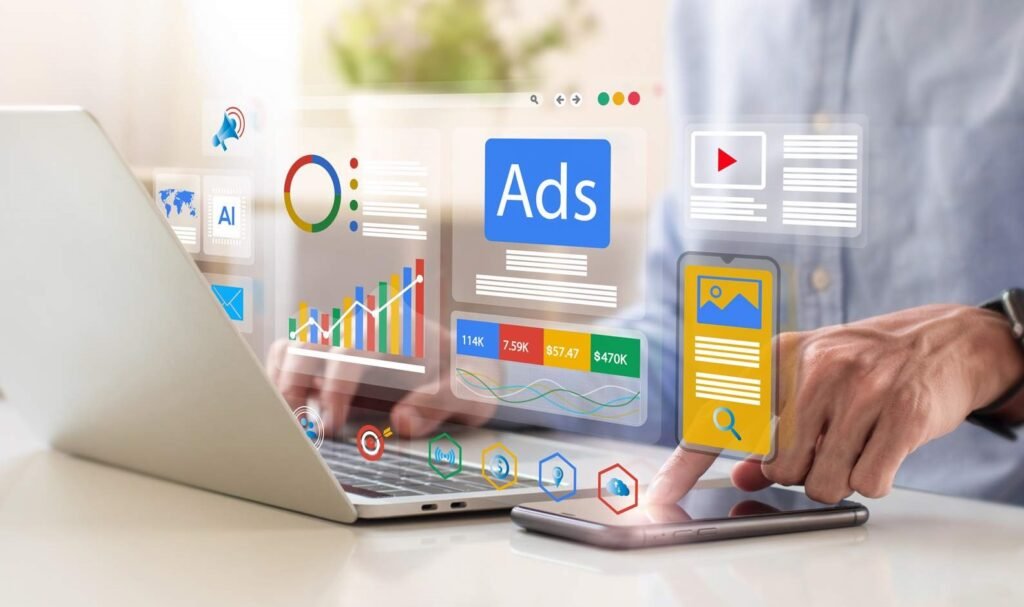If you are using Google Ads, you might have heard about the learning phase. This is an important time when Google learns how to improve your ads. But how many clicks do you need to get through this phase? Let’s explain it simply.
What is the Learning Phase?
The learning phase happens when you start a new campaign or make big changes to an existing one. During this time, Google collects information to understand which ads work best. This phase usually lasts about 7 days, but it can be shorter or longer depending on different factors.

How Many Clicks Are Needed?
There isn’t a fixed number of clicks that will ensure success in the learning phase. However, more clicks can help Google learn faster. The main focus should be on conversions-these are actions people take after clicking your ad, like buying something or signing up for a newsletter. More conversions mean quicker learning for Google.
Factors That Affect Clicks and Conversions
1. More Conversions Help: The more people who take action after clicking your ad, the faster Google can improve your campaign.
2. Quick Conversions: If users usually buy or sign up quickly after clicking, this can also speed up the learning process.
3. Bid Strategy: Different bidding strategies may need different amounts of data to work well. Some strategies might require more clicks and conversions than others.
Example Scenario
Let’s say you started a campaign to sell handmade candles. In the first week, you get 100 clicks, but only a few people buy candles. This means Google has less information to work with, which could make the learning phase last longer. If you get 500 clicks and more people buy candles, Google can learn faster because it has more data.

What Can You Do With the Learning Phase?
The learning phase in Google Ads is a very important time for improving your ad campaigns. Here are some simple tips to help you during this period:
1. Be Patient
Patience is essential during the learning phase, which usually lasts about 7 days. Avoid making big changes to your campaigns during this time. Frequent changes can confuse Google and disrupt its learning process, leading to poor performance. Give Google enough time to gather data and understand how to show your ads effectively.
2. Monitor Your Campaigns
While you shouldn’t make major changes, it’s important to keep an eye on how your ads are performing. Check important metrics like click-through rates (CTR) and conversion rates regularly. This helps you spot any issues early and ensures your campaigns are running smoothly.
3. Provide Enough Data
Make sure your ads run for a sufficient amount of time and reach a large audience. This allows Google to collect enough data for effective optimization. Short campaigns or targeting a narrow audience might not give good results, so aim for consistency.
4. Use Smart Bidding Strategies
Smart Bidding is a helpful feature that automatically adjusts your bids based on factors like user behavior and location. This can improve your ad performance during the learning phase. Consider using strategies like Target CPA (Cost Per Acquisition) or Target ROAS (Return on Ad Spend) for better results.
5. Test Different Ad Formats
Don’t hesitate to try out different ad styles and targeting options. A/B testing allows you to compare different ads and see which ones work best for your audience. This experimentation can help you improve your campaigns.
Conclusion
In short, there isn’t a specific number of clicks needed for the Google Ads learning phase. Focusing on getting more conversions is important for speeding up the process. Remember to be patient and allow Google enough time to gather data and improve your ads. If you have any questions or need help along the way, feel free to ask!
